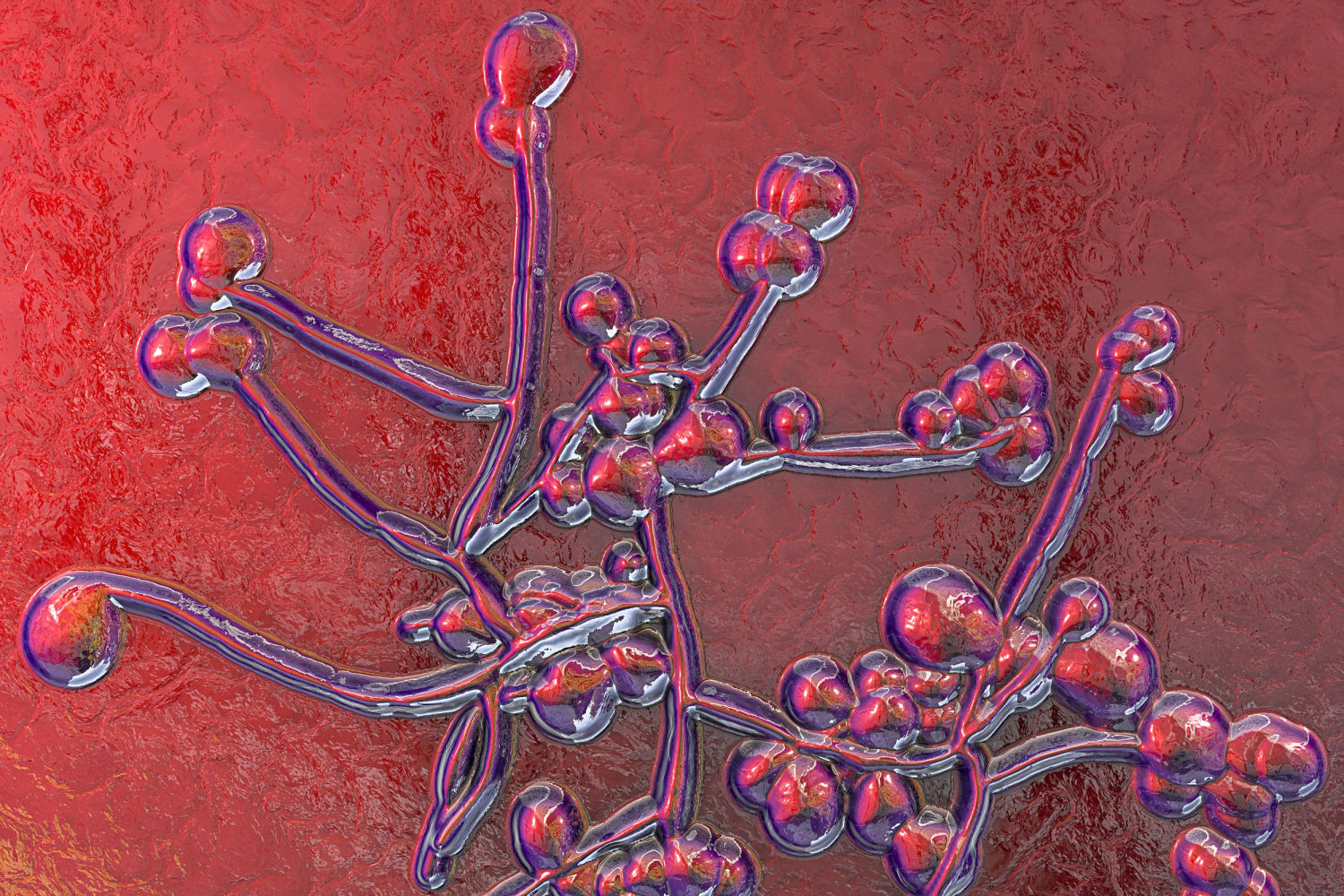Fungal infections are on the rise in the United States, posing a significant health concern without any available vaccines to prevent them, unlike bacterial or viral illnesses.
While the scenario of a fungal infection causing a widespread threat like in HBO’s “The Last of Us” is not imminent, these infections range from bothersome conditions like athlete’s foot to severe bloodstream infections that can be life-threatening.
According to the Centers for Disease Control and Prevention (CDC), fungal infections lead to over 75,000 hospitalizations and nearly 9 million outpatient visits annually in the U.S. In 2021 alone, approximately 7,200 deaths were attributed to fungal diseases, although these figures are likely underestimated.
Among the notable fungi, Candida auris stands out for its resistance to all available treatments, posing a particular danger to hospitalized and nursing home patients. First identified in Japan in 2009, this fungus has spread to more than 30 countries, including the U.S.
Climate change adds another layer of complexity by potentially expanding the habitats of certain fungi. For instance, the fungus causing Valley fever thrives in hot, dry soil, while the one responsible for histoplasmosis prefers humid environments.
Despite these growing threats, no licensed vaccines exist either in the U.S. or internationally to prevent fungal infections. Dr. Karen Norris, an immunologist at the University of Georgia, emphasized the need for vaccines as a crucial tool in protecting against these often-overlooked infectious diseases.
The ultimate goal, Norris explained, would be to develop a single “pan-fungal” vaccine capable of safeguarding against the wide spectrum of fungal species. However, creating such a vaccine is exceptionally challenging due to the biological diversity among fungi, unlike the focused approach of vaccines against specific pathogens like SARS-CoV-2.
Currently, Norris and her team are concentrating on vaccines targeting the three fungi responsible for the majority of fatal fungal infections in the U.S.: Aspergillus, Candida (especially Candida auris), and Pneumocystis.

Their experimental vaccine has shown promise in generating antifungal antibodies in animal studies, including trials with rhesus macaques. With adequate funding, human trials could commence and conclude within the next five years.
In Arizona, researchers are specifically working on a vaccine against Valley fever, caused by Coccidioides fungus prevalent in the Southwestern U.S. desert regions. Early results in dogs have been encouraging, according to John Galgiani from the University of Arizona.
However, Galgiani highlighted the slow progress in vaccine development for fungal infections, largely due to insufficient funding and the perception that these vaccines are not a critical health priority compared to those for respiratory viruses like Covid-19 or influenza.
Despite these challenges, awareness of climate change’s impact on fungal infections is increasing, potentially spurring more funding and accelerating vaccine development efforts. The National Institutes of Health and the World Health Organization have both underscored the need for enhanced research and vaccine development to address these overlooked but significant public health threats.
In the meantime, treatments for fungal infections typically involve oral medications, which may need to be taken for several months depending on the severity and type of infection. In severe cases, intravenous medications like Amphotericin B may be necessary, though these treatments can come with side effects.
The road to developing effective fungal vaccines remains long, but with growing recognition of their public health impact and ongoing research efforts, there is optimism for progress in the years ahead.
